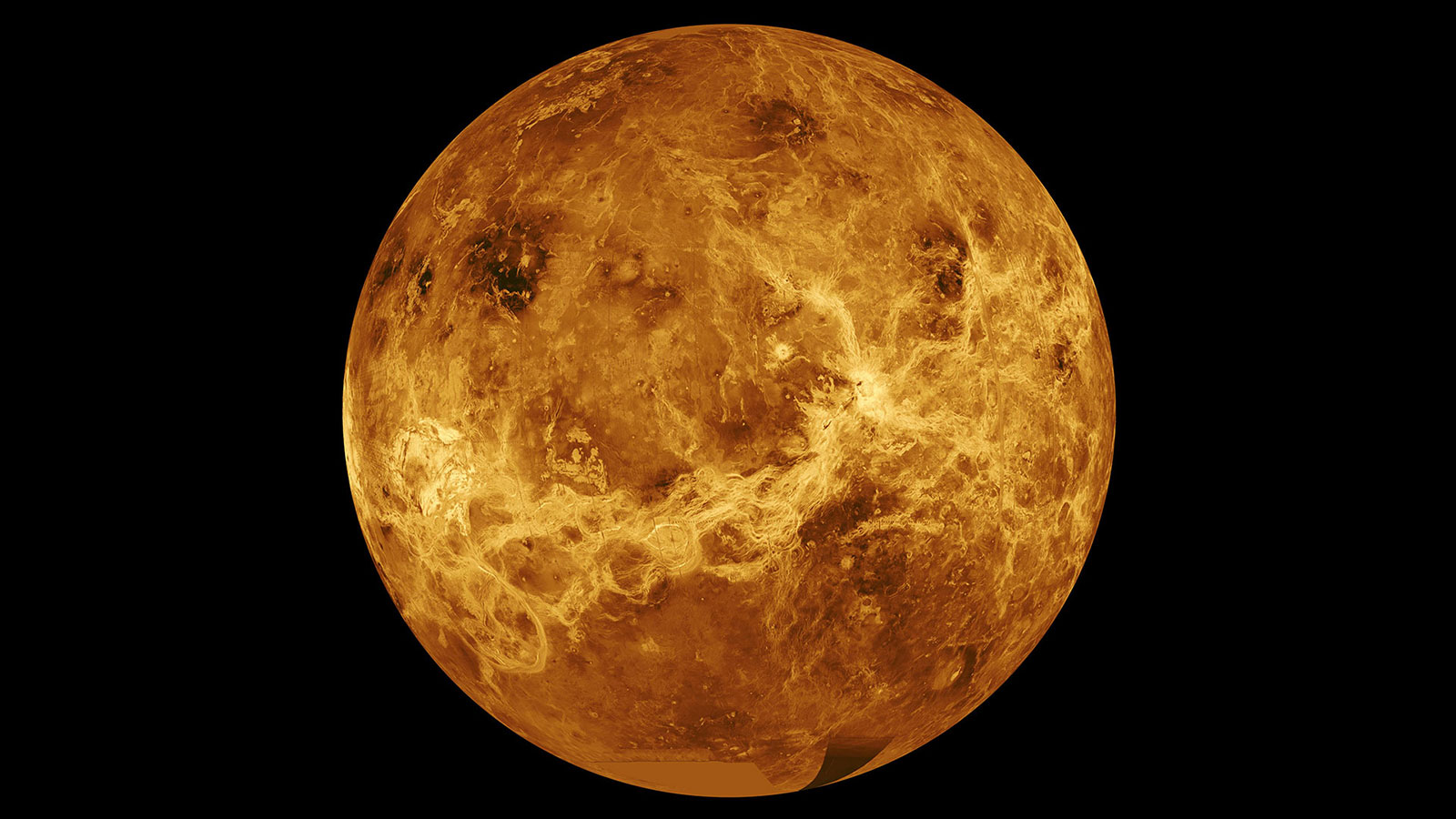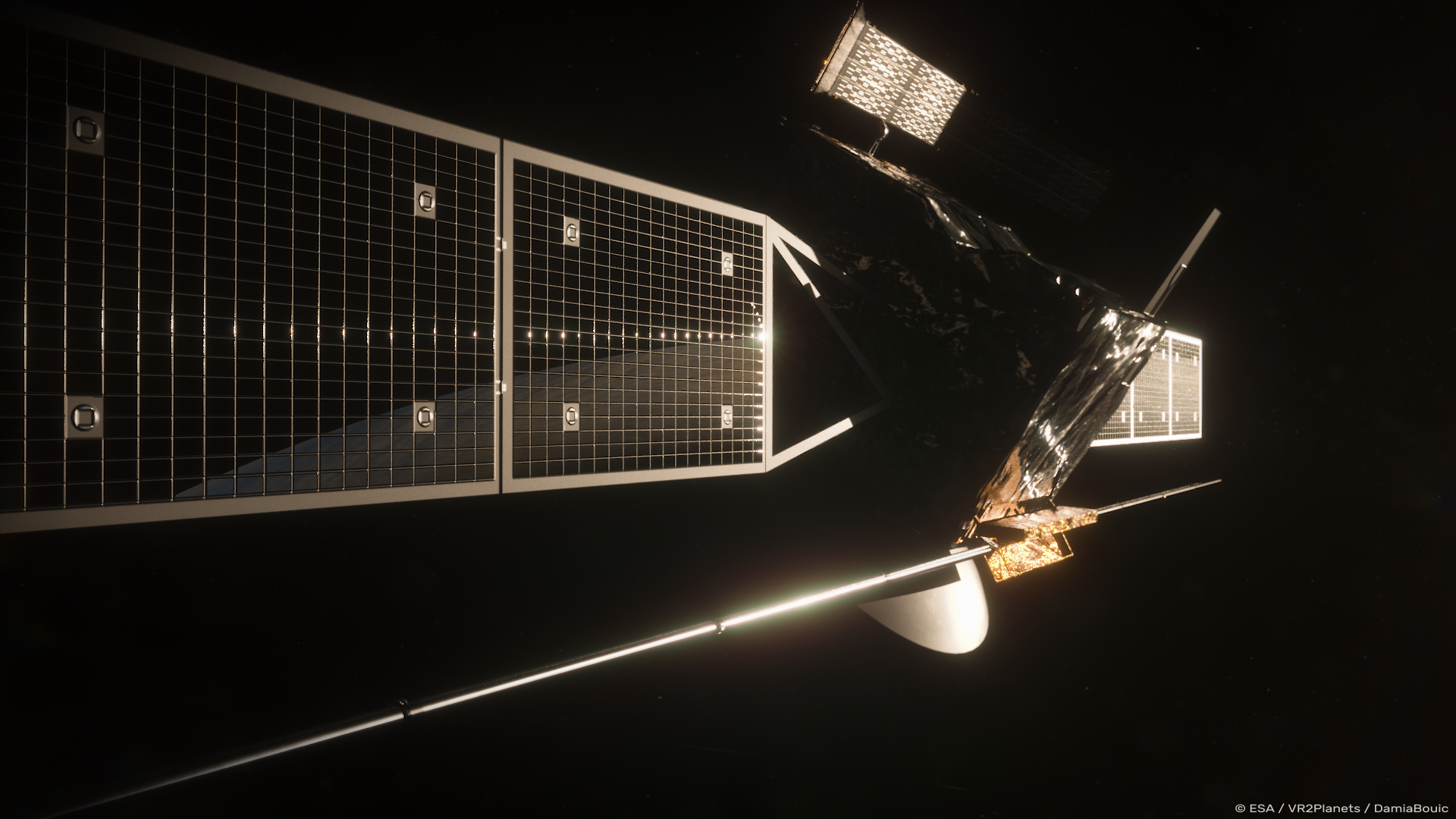Potential for Life
Thirty miles up (about 50 kilometers), temperatures range from 86 to 158 Fahrenheit (30 to 70 Celsius), a range that, even at its higher-end, could accommodate Earthly life, such as “extremophile” microbes. And atmospheric pressure at that height is similar to what we find on Earth’s surface.
At the tops of Venus’ clouds, whipped around the planet by winds measured as high as 224 miles (360 kilometers) per hour, we find another transformation. Persistent, dark streaks appear. Scientists are so far unable to explain why these streaks remain stubbornly intact, even amid hurricane-force winds. They also have the odd habit of absorbing ultraviolet radiation.
The most likely explanations focus on fine particles, ice crystals, or even a chemical compound called iron chloride. Although it's much less likely, another possibility considered by scientists who study astrobiology is that these streaks could be made up of microbial life, Venus-style. Astrobiologists note that ring-shaped linkages of sulfur atoms, known to exist in Venus’ atmosphere, could provide microbes with a kind of coating that would protect them from sulfuric acid. These handy chemical cloaks would also absorb potentially damaging ultraviolet light and re-radiate it as visible light.

 www.nasa.gov
www.nasa.gov





